Germany : Robust Growth and Investment Climate
Key markets include major cities like Berlin, Munich, and Frankfurt, where infrastructure projects are booming. The competitive landscape features prominent players such as Vinci SA and Strabag SE, alongside local firms. The business environment is characterized by a strong emphasis on quality and compliance with stringent regulations. Sectors like transportation, energy, and urban development are particularly active, reflecting a diverse range of applications in the construction market.
UK : Navigating Economic Uncertainties
London, Manchester, and Birmingham are pivotal markets, with significant projects underway in transportation and housing. The competitive landscape includes major players like Balfour Beatty plc and Skanska AB, which are well-positioned to capitalize on emerging opportunities. Local dynamics reflect a mix of public and private sector collaboration, with a growing emphasis on innovative construction technologies. The housing sector remains a critical area of focus, addressing the ongoing demand for affordable housing.
France : Investment in Sustainable Development
Key markets include Paris, Lyon, and Marseille, where infrastructure projects are rapidly evolving. The competitive landscape features major players like Vinci SA and Fluor Corporation, which are actively involved in large-scale projects. Local market dynamics are characterized by a collaborative approach between public authorities and private firms, fostering innovation and efficiency. Sectors such as transportation, energy, and urban development are particularly vibrant, reflecting diverse opportunities in the construction market.
Russia : Focus on Modernization and Growth
Key markets include Moscow, St. Petersburg, and Kazan, where infrastructure projects are gaining momentum. The competitive landscape features both local and international players, with significant involvement from companies like China Communications Construction Company. Local dynamics reflect a challenging business environment, with a mix of opportunities and regulatory hurdles. Sectors such as transportation, energy, and urban development are particularly active, showcasing the potential for growth in the construction market.
Italy : Strategic Investments in Key Sectors
Key markets include Rome, Milan, and Naples, where infrastructure projects are critical for economic growth. The competitive landscape features major players like ACS Group and Strabag SE, which are actively engaged in various projects. Local market dynamics are characterized by a collaborative approach between government and private sectors, fostering innovation and efficiency. Sectors such as transportation, energy, and urban development are particularly vibrant, reflecting diverse opportunities in the construction market.
Spain : Focus on Urban Development Projects
Key markets include Madrid, Barcelona, and Valencia, where infrastructure projects are rapidly evolving. The competitive landscape features major players like ACS Group and Bechtel Corporation, which are well-positioned to capitalize on emerging opportunities. Local dynamics reflect a mix of public and private sector collaboration, with a growing emphasis on innovative construction technologies. Sectors such as transportation, energy, and urban development are particularly active, showcasing the potential for growth in the construction market.
Rest of Europe : Emerging Markets and Growth Potential
Key markets include cities in Eastern Europe and the Balkans, where infrastructure projects are gaining traction. The competitive landscape features a mix of local and international players, with significant involvement from companies like Kiewit Corporation and Fluor Corporation. Local dynamics reflect a challenging business environment, with a mix of opportunities and regulatory hurdles. Sectors such as transportation, energy, and urban development are particularly vibrant, showcasing the potential for growth in the construction market.



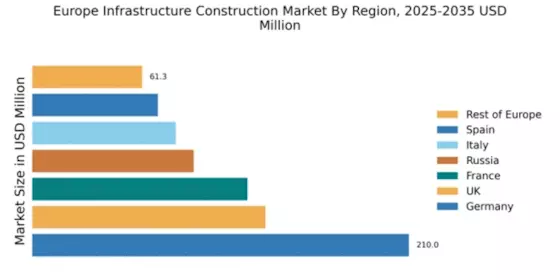
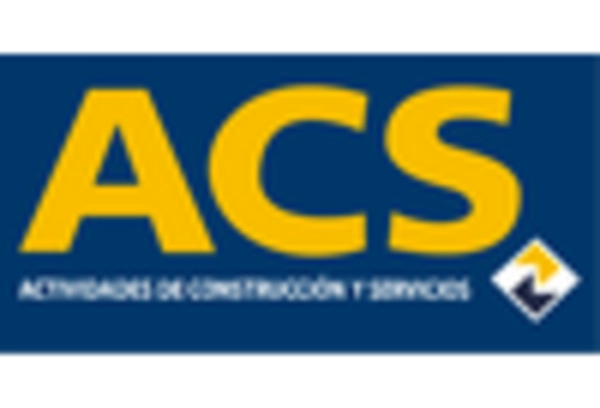

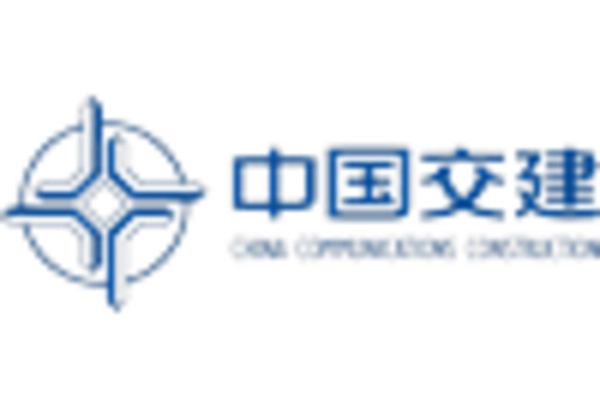
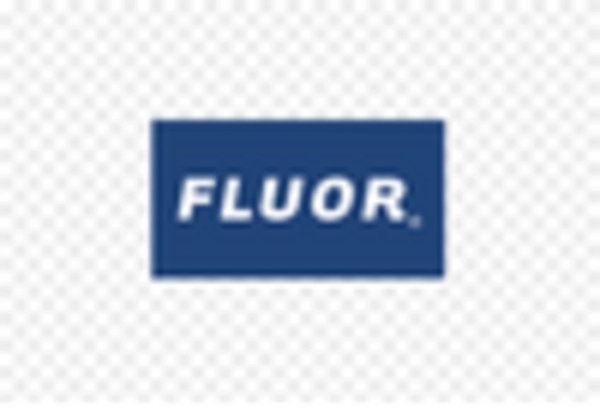
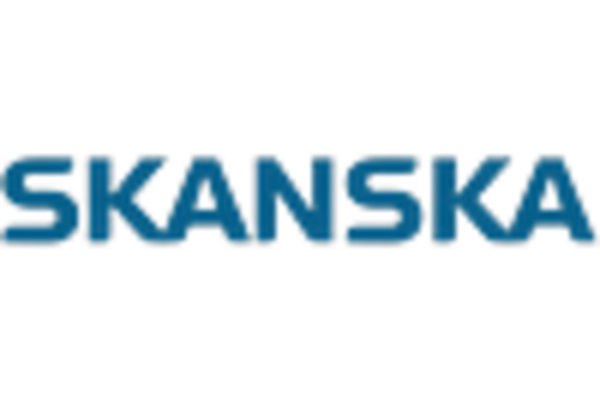









Leave a Comment